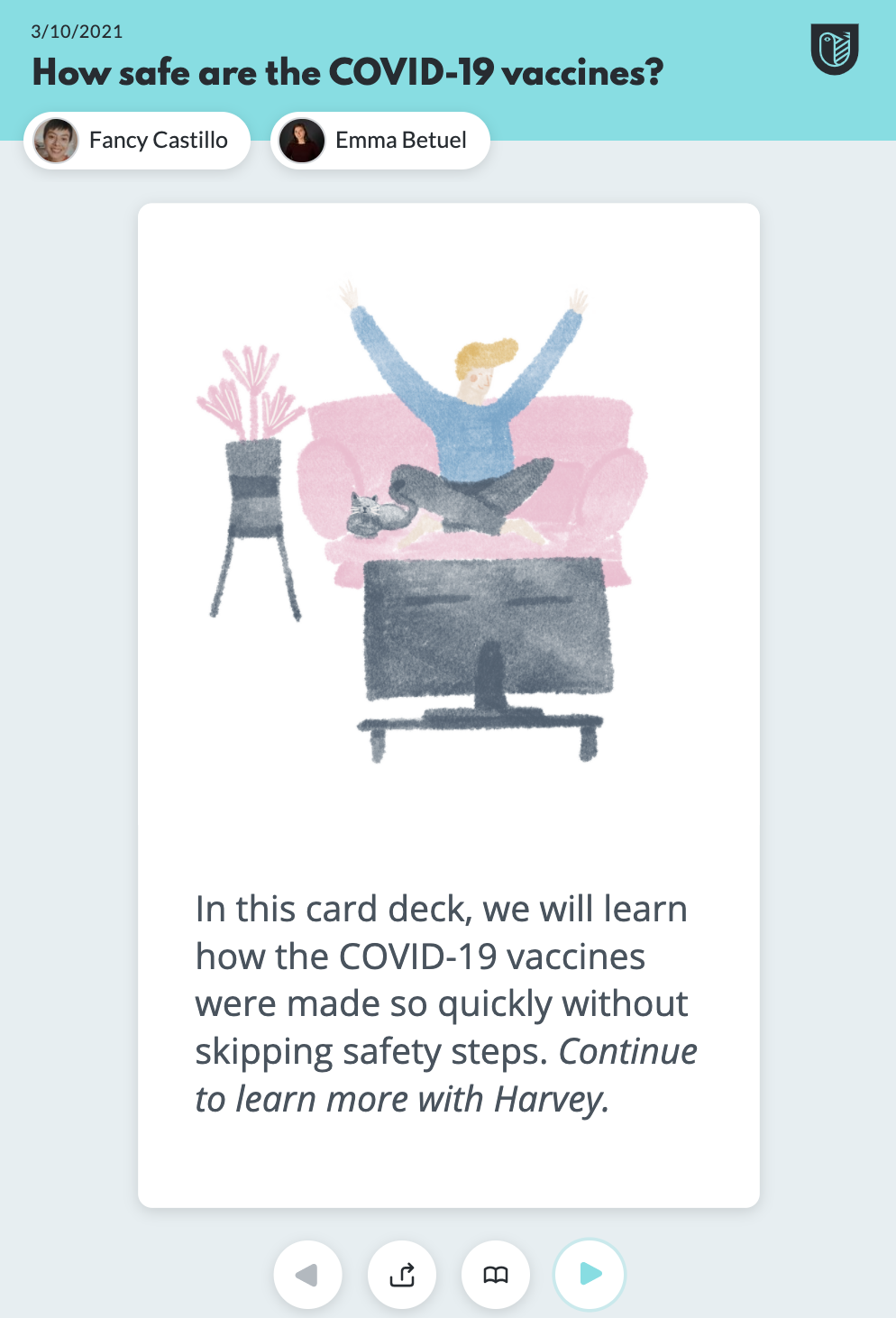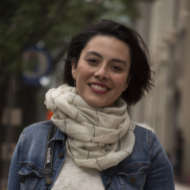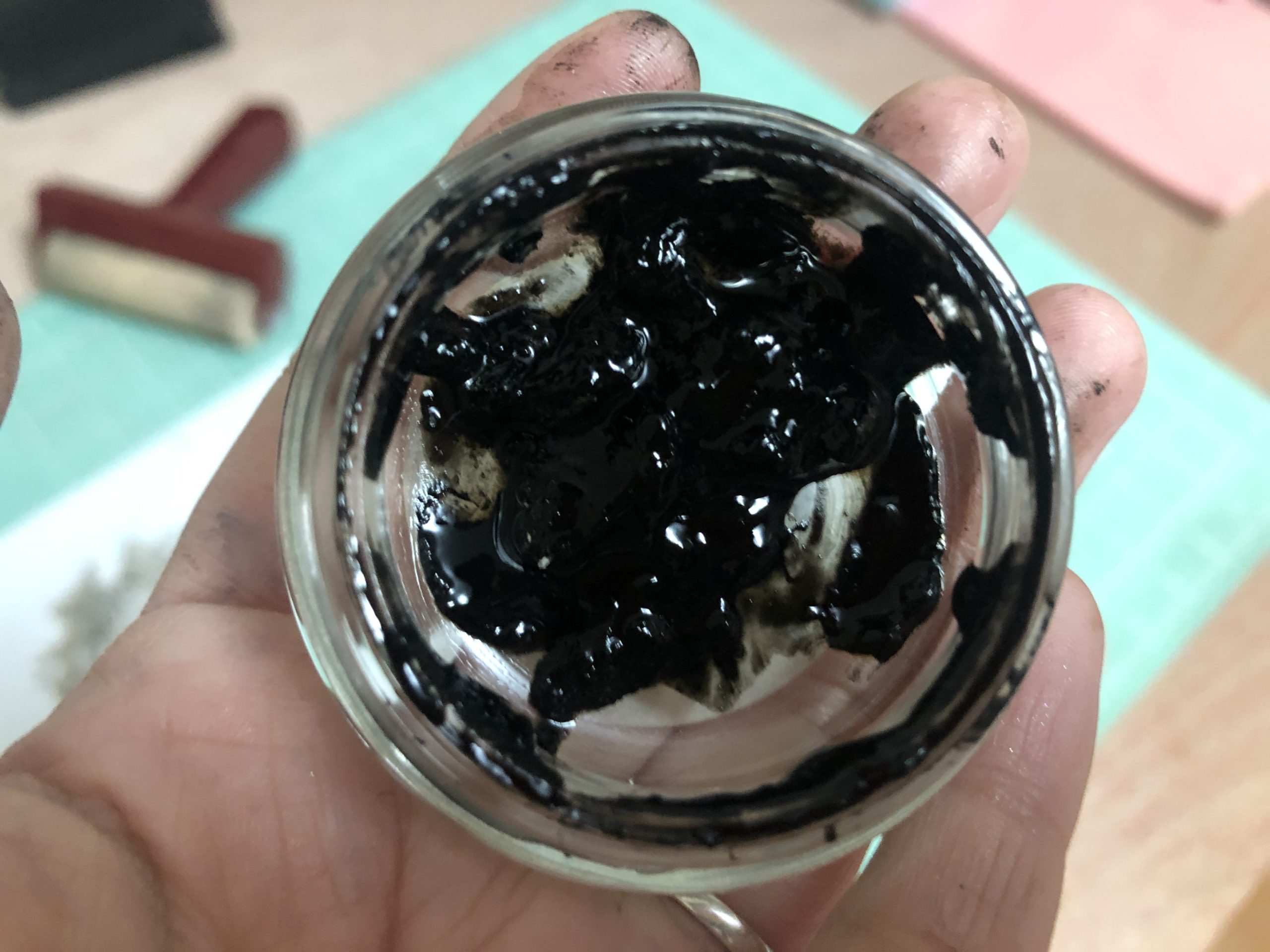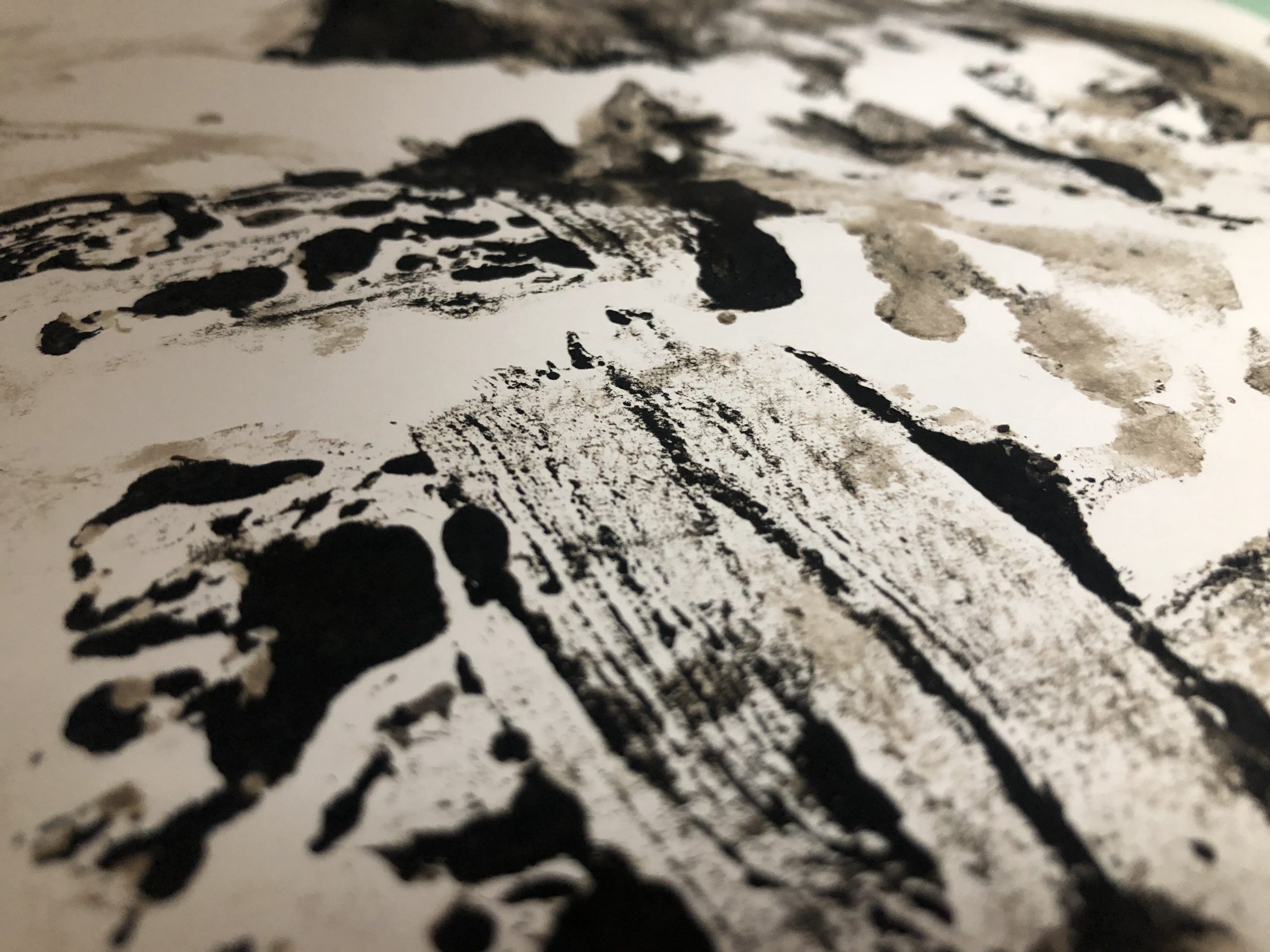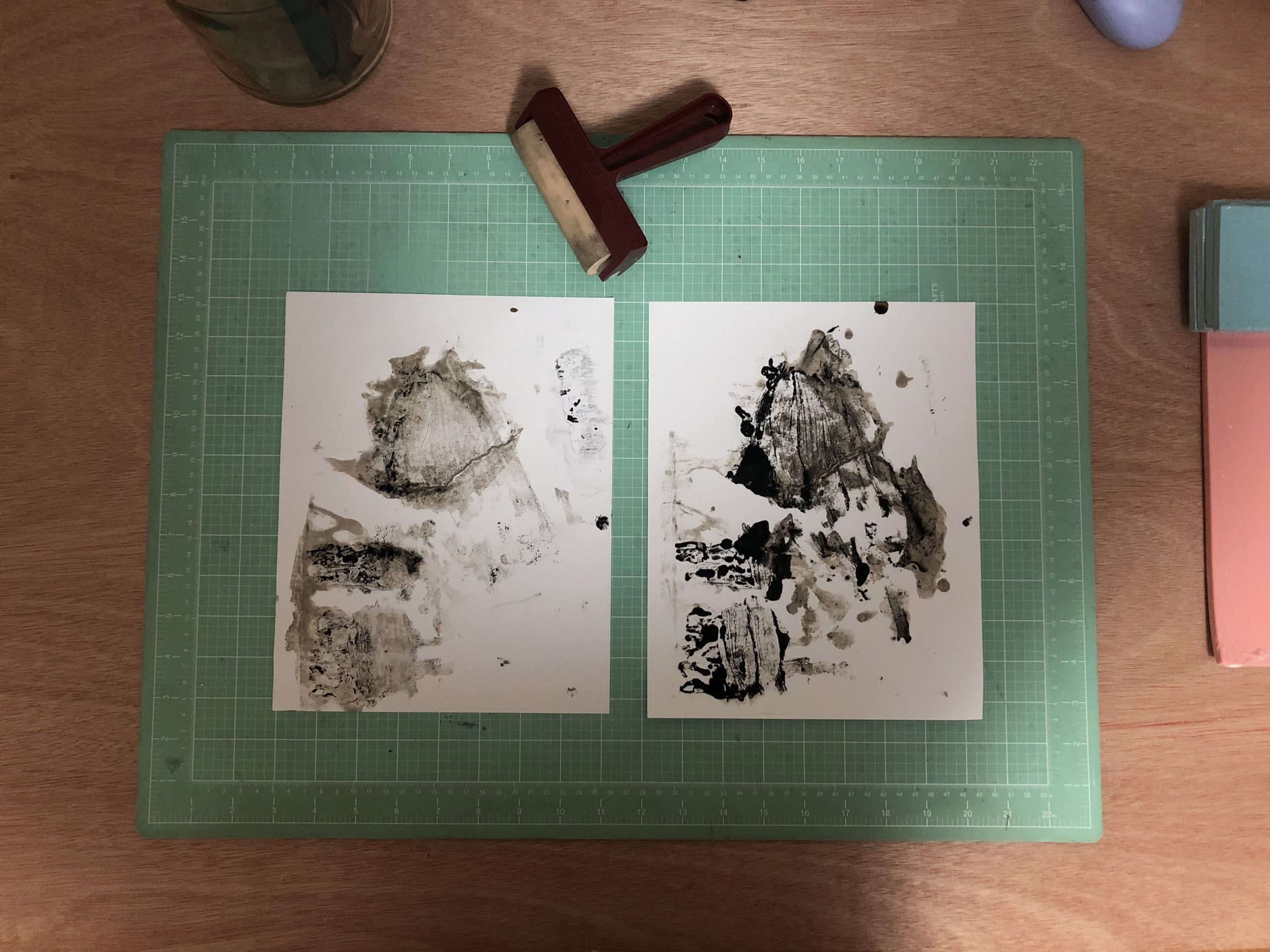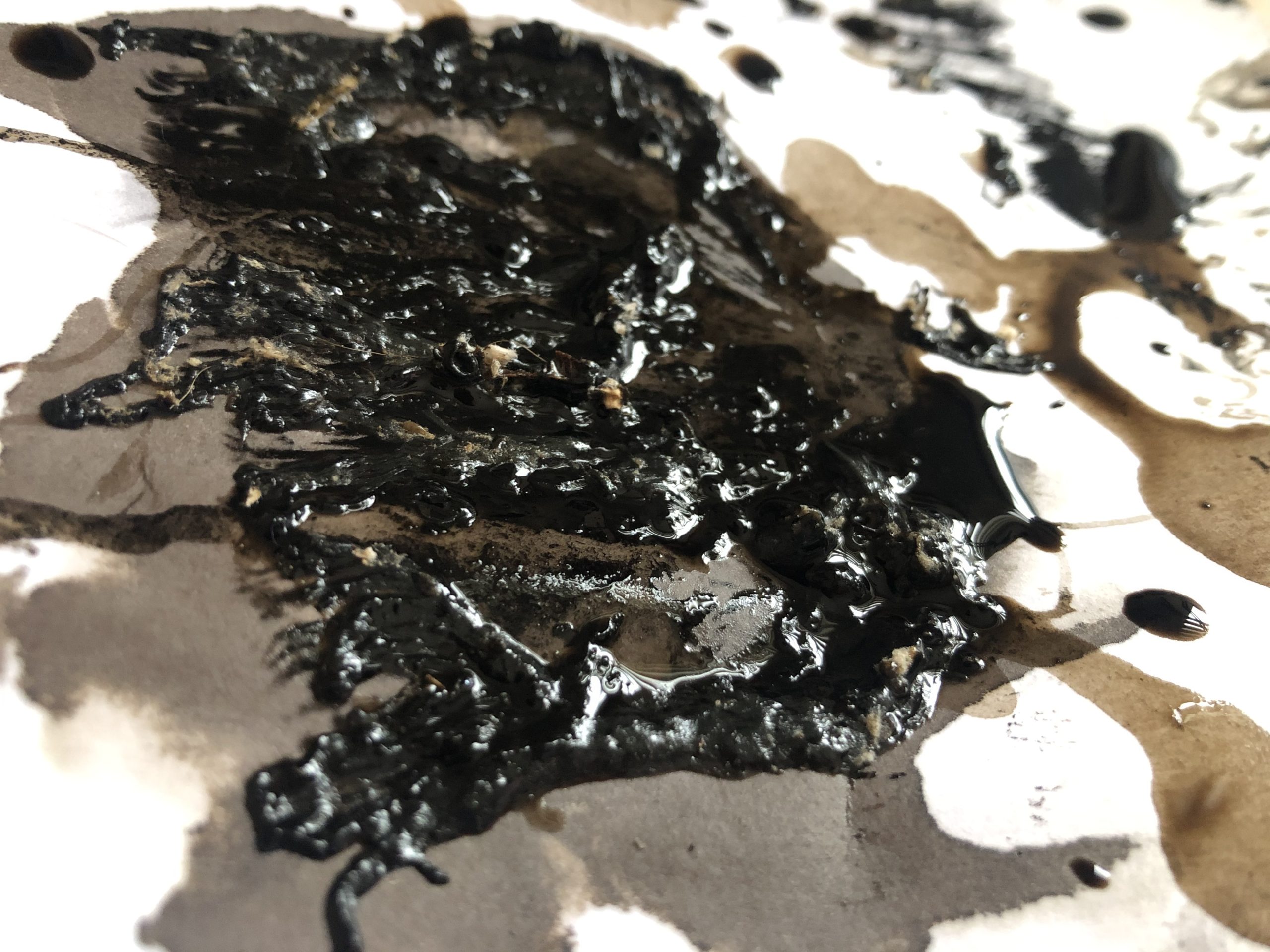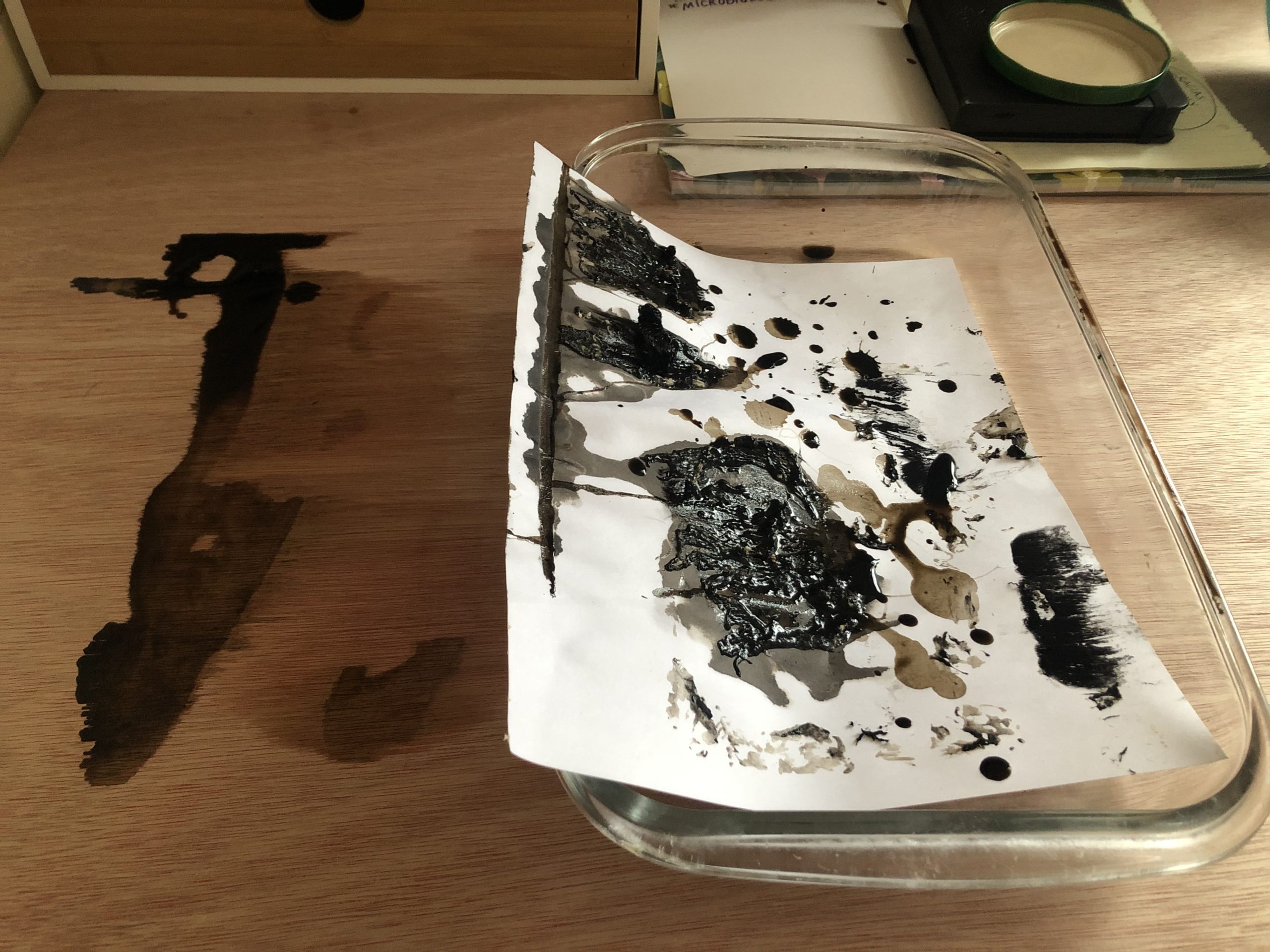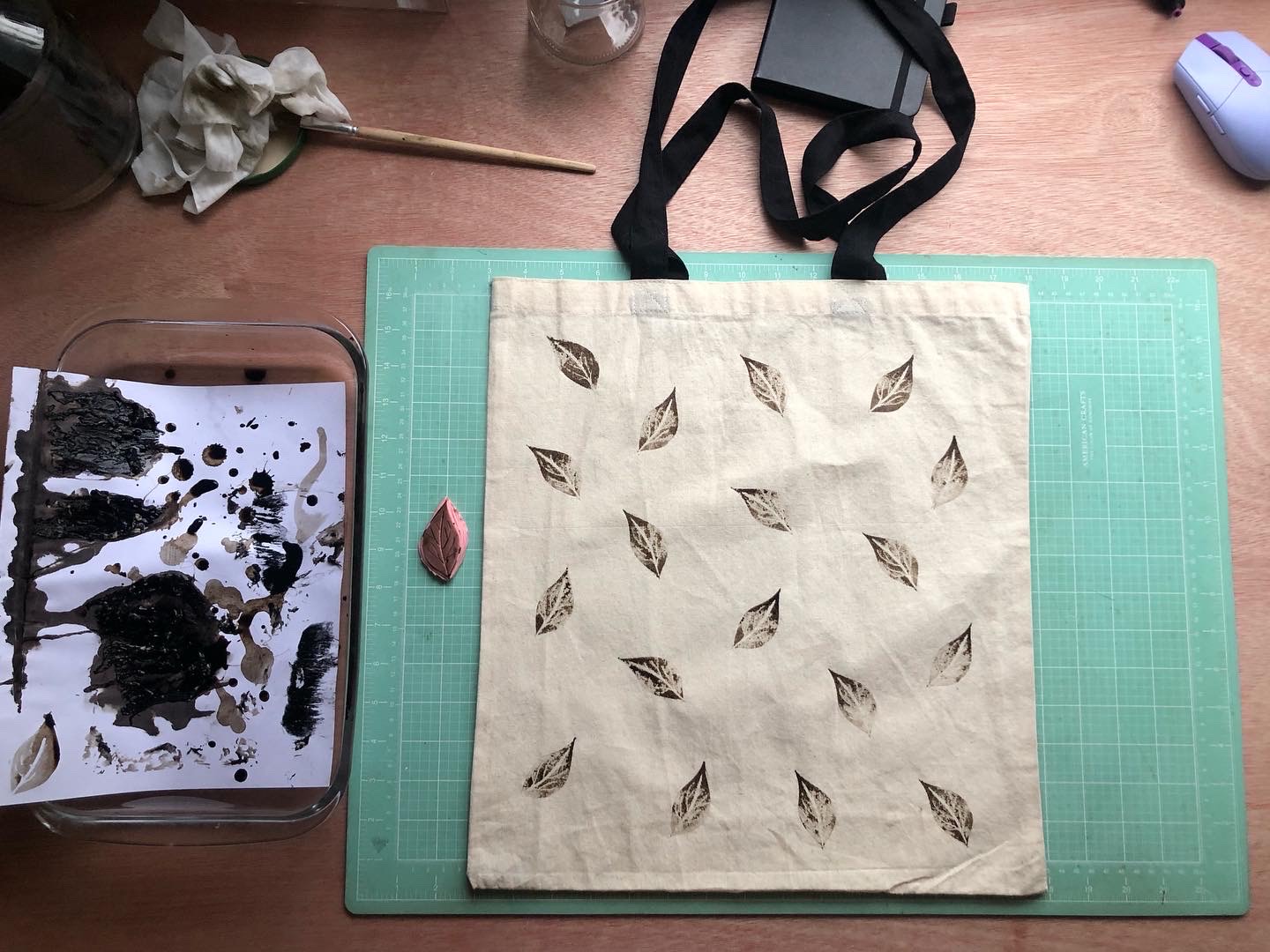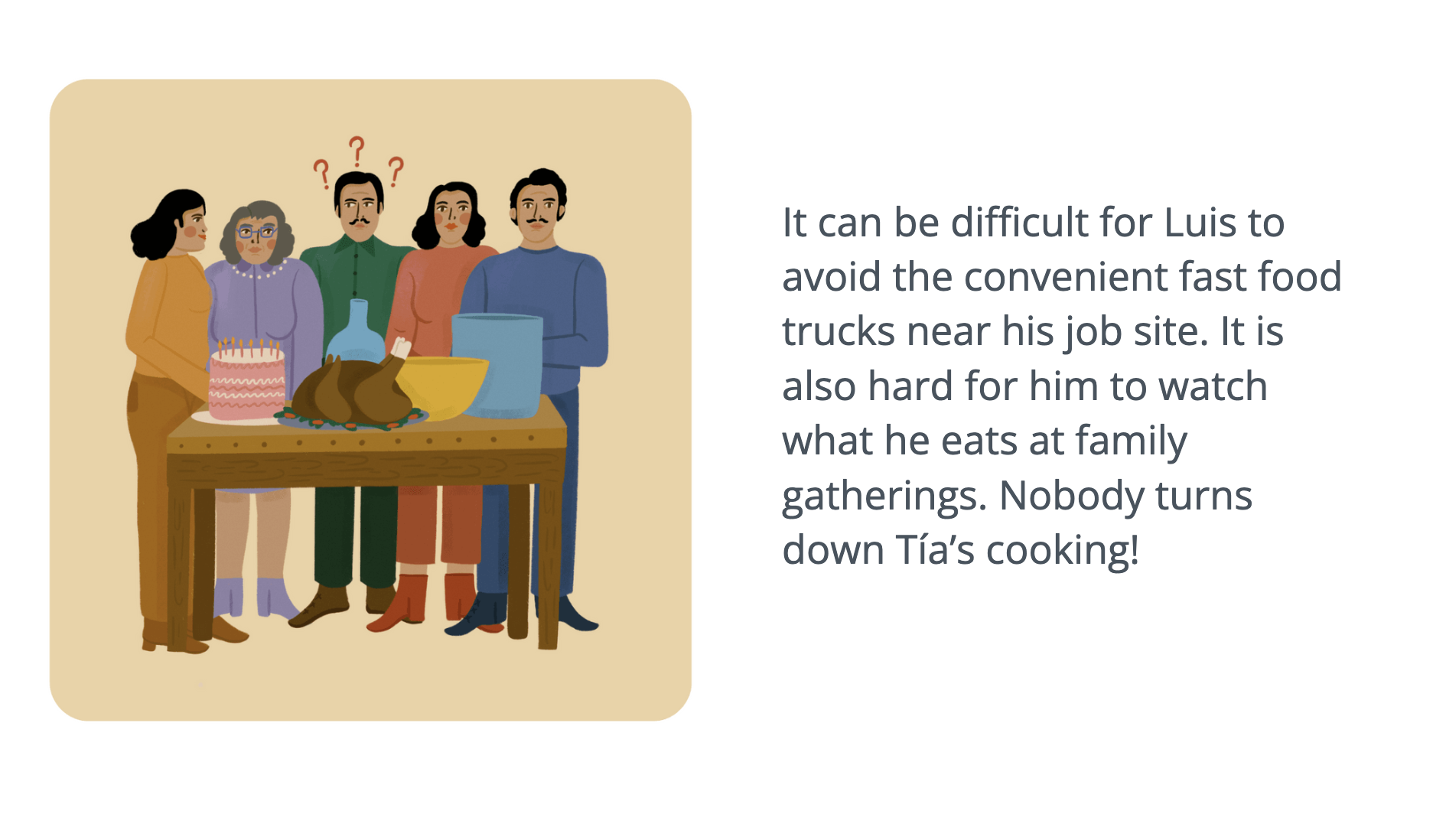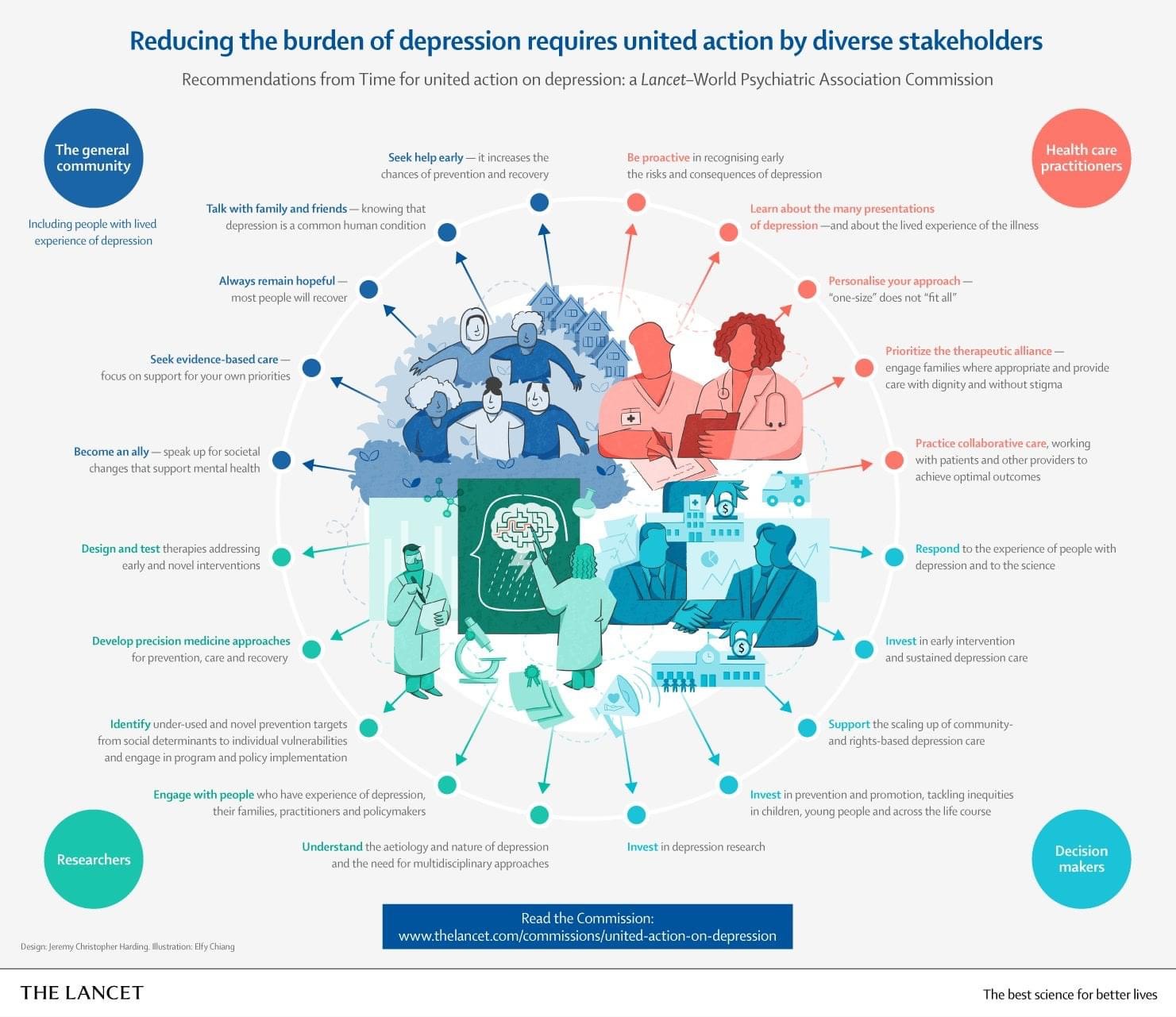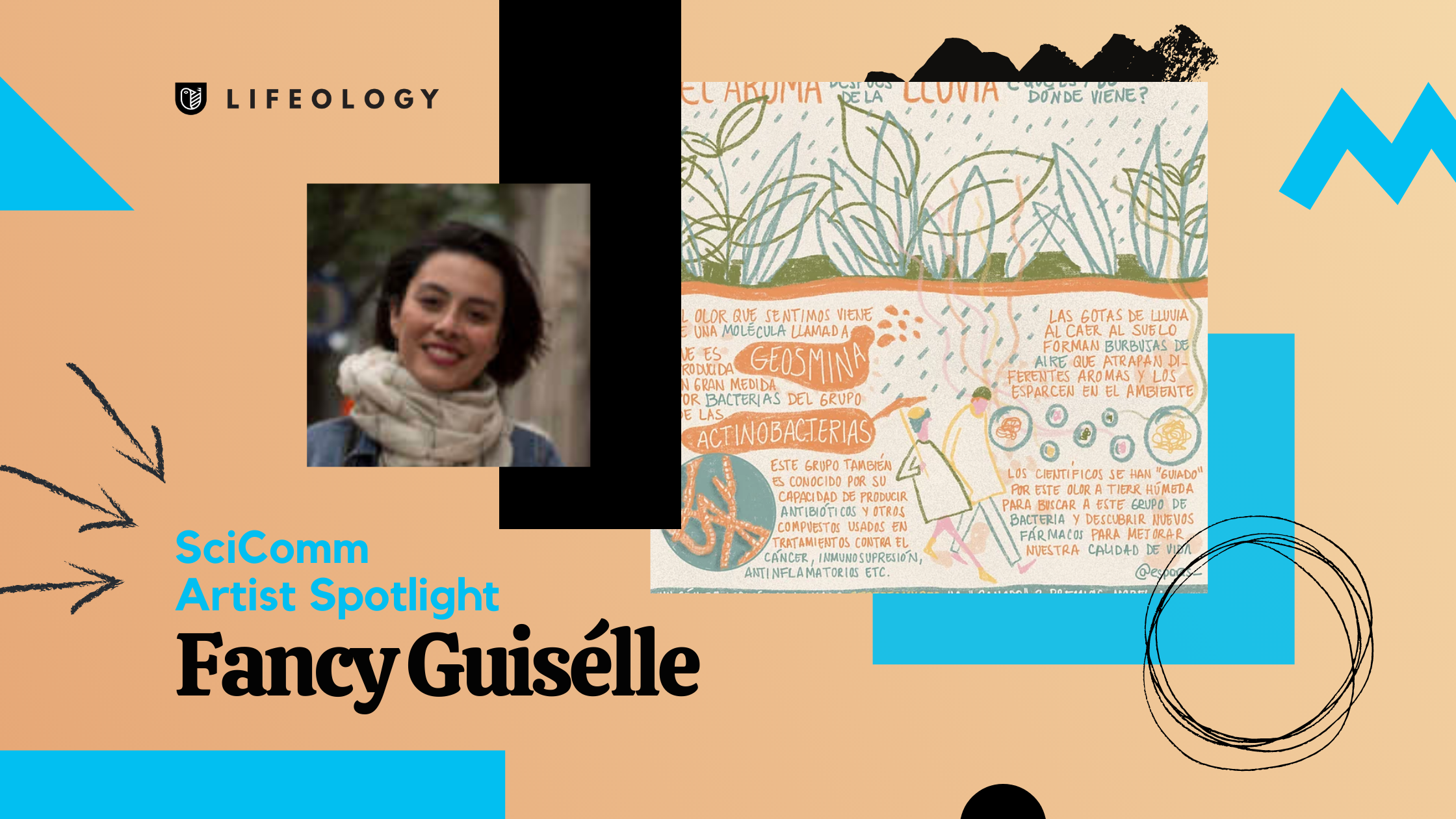
In this blog, we interview the amazing Fancy Guisélle. Fancy studied industrial design, art and architecture and is currently working on illustration and visual scientific communication at “Esporasciomm,” a design and science studio that she Co-founded in Chile. Fancy specializes in graphic narrative, graphic recording, and visual thinking. She is also part of “Comunica Ciencia Chile“, an interdisciplinary association of scientific communicators in Chile.
Tell us a little about yourself! How did you get into art?
Art has always been in my family. My mother paints, carves and sculpts so I think it was only a matter of time before I became interested in some artistic discipline, which I did formally. I studied art, architecture and industrial design and in all those schools I enjoyed and learned a lot. My first approach to art, however, was music, then painting, drawing, sculpture, linocut and finally at the end: digital. I am a fan of pencil and paper and I have many sketchbooks that I always carry with me. I enjoy drawing in coffee shops, people’s faces or gestures, what is on the table, or even how certain places make me feel. Drawing people also helps me save postures and gestures in my “mental drawing library”. I also work mostly in Spanish, I could do it in English, but there is so much information already that I prefer to aim to work in my native language and contribute to the Latin visual scientific communication.
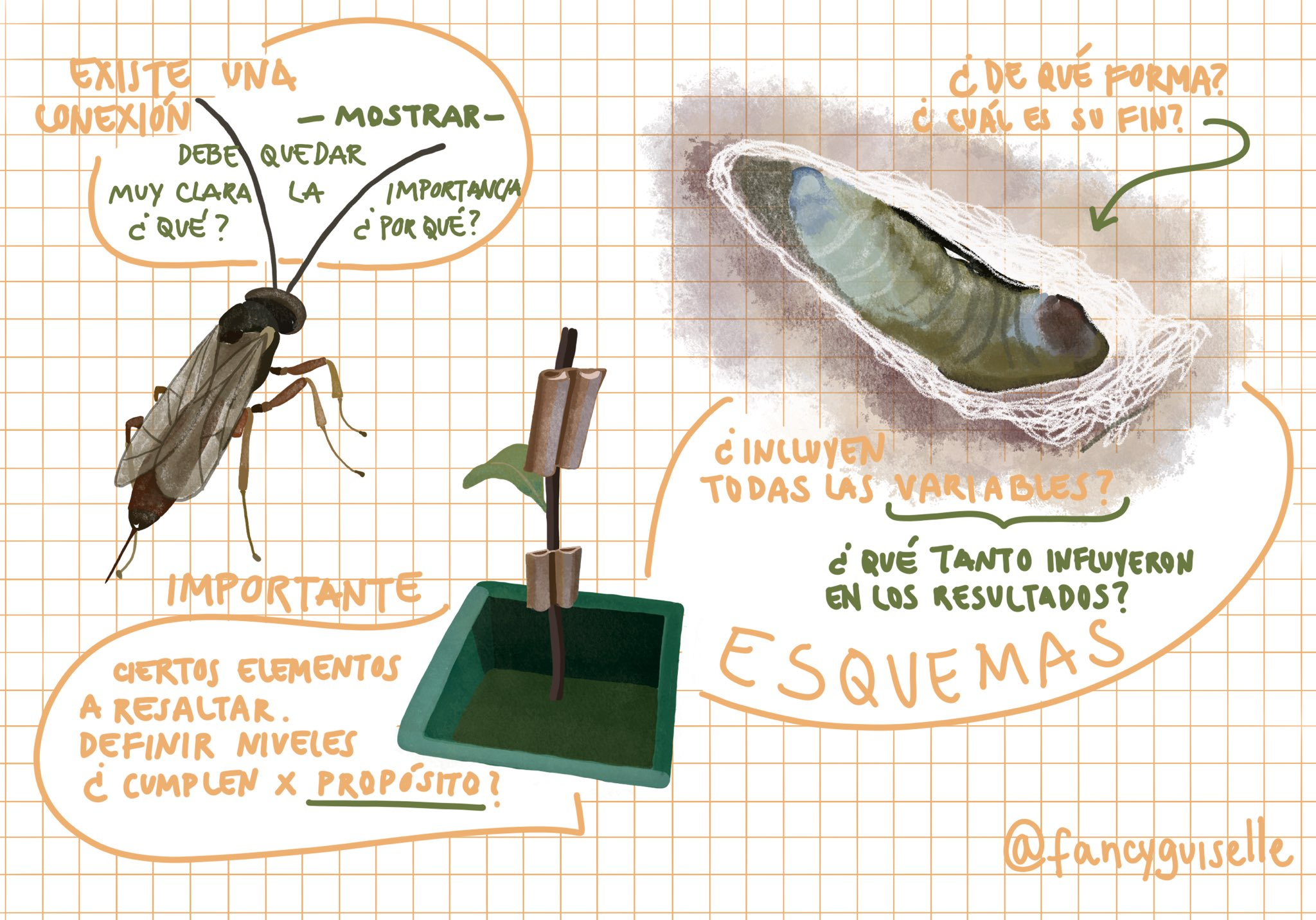
Graphical Abstract Notes – Illustration by Fancy Guisélle
What are your favorite things to illustrate?
Microbiology! Everything related to microorganisms; processes, functions and forms. I love their story, everything behind each tiny being, and all the functions they perform to sustain life on the planet, including ours. I am fascinated by not being able to see them, and I take it as a personal goal to show through drawing what we cannot see with the naked eye.
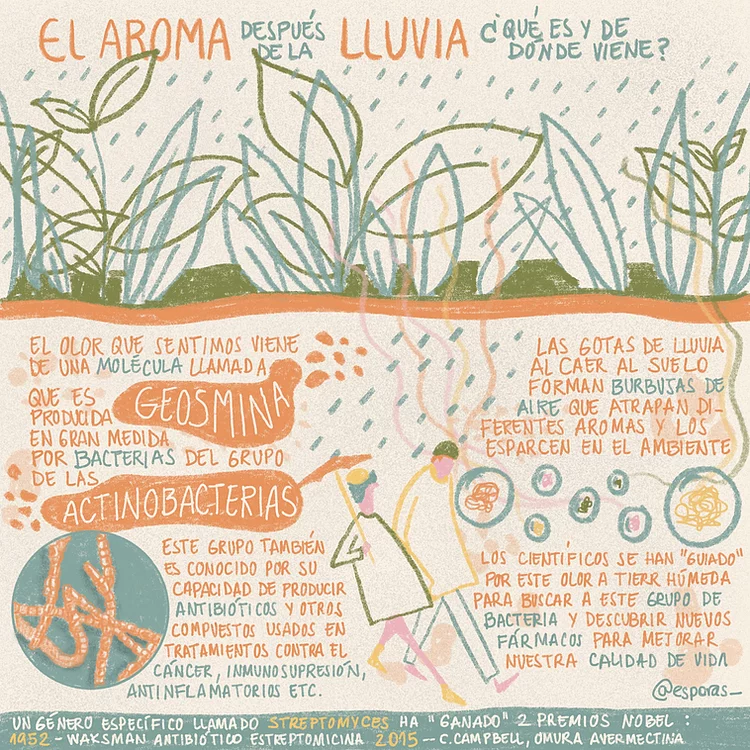
Scent of Rain – Bacteria – Illustration by Fancy Guisélle
What art formats do you work with? Can you provide some examples?
I think I’m always trying new things. I have gone from analog to digital drawing, from oil to acrylics and lately, linocut and graphic recording. Do you know what it is? Basically, I take notes visually about conversations, workshops, talks and meetings, all live, without erasing and during the activity. It’s like a drawing with a lot of adrenaline.
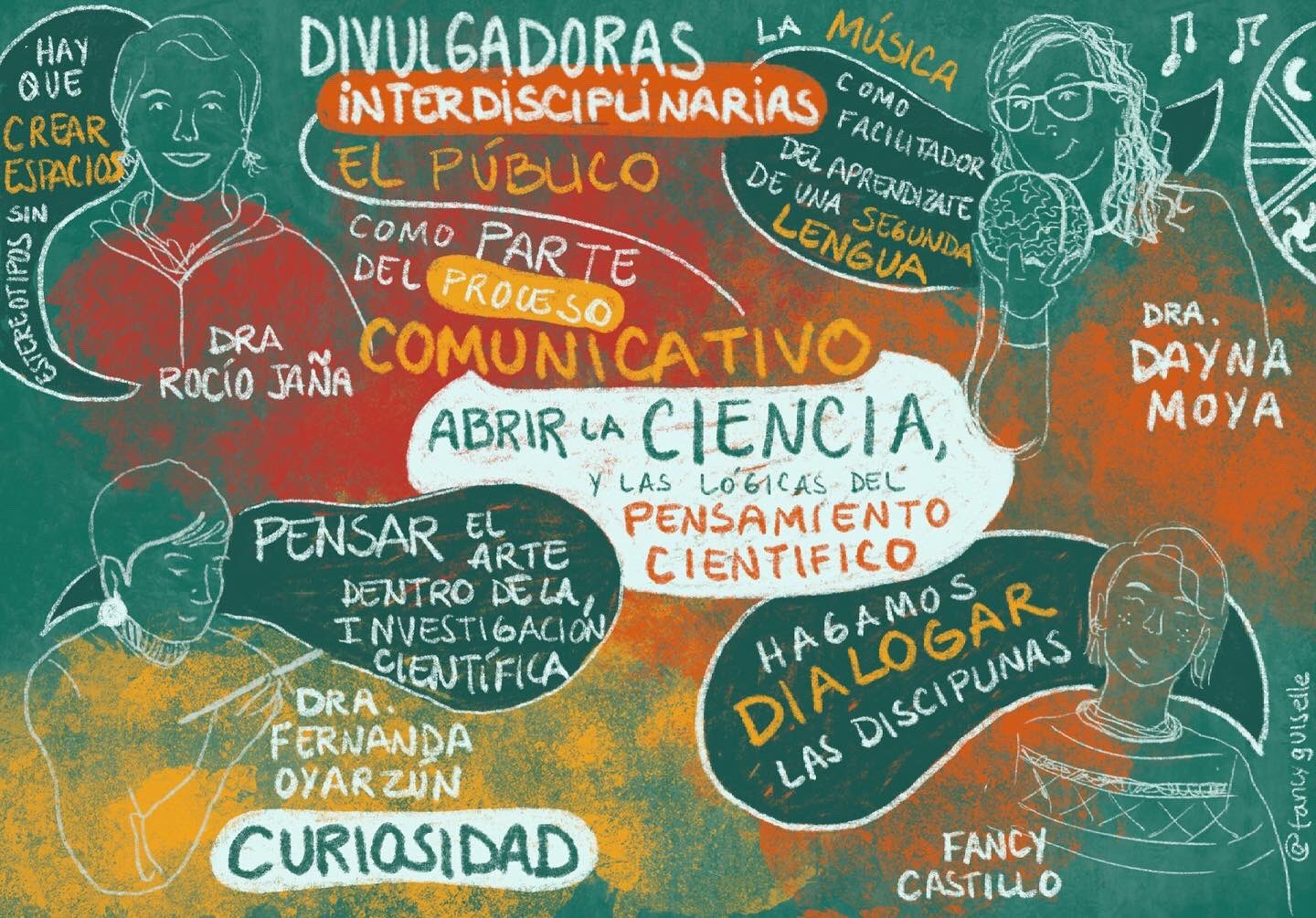
Graphic Recording – Interdisciplinary – Science Communication. Illustration by Fancy Guisélle
Can you describe what your creative process usually looks like? Where do you draw inspiration? What tools do you use? etc.
I’m pretty messy, and the first thing I do is just draw. Throw in ideas, make lots of sketches, think through drawing. It is challenging for me to understand subjects without drawing them, so I always use them. Generally, I work without sketches, but if I have to, I try to pay special attention to the most important details and above all, who will see/read the work? The audience comes first.
I also give myself the necessary pauses and times and try to clear my mind when inspiration leaves me. Walking, biking, watching a movie, reading a book, writing, even looking out the window or playing with my cats helps me. An art teacher once told me that inspiration comes, it always comes, but it must find you working, and I try to listen to it. For this reason, I draw everything, and a large part of my creative process focuses there on going through old drawings, coming up with new ones and being consistent with them. Having a schedule and sticking to it is also important.
What has been your favorite science art project to create so far? Can you tell us a bit more about it?
For the last few weeks, I have been experimenting with organic pigments, specifically fungi, the Coprinus Comatus. The black substance that you see in the image comes from the fungus. I extracted it through different processes, and then I used it to stamp fabric with a sheet that I carved with the linocut technique. Now, I am leading a design research project on bacterial and fungal pigments as a readily available alternative source of natural pigments.
A series of photographs documenting the process of experimenting with organic pigments, specifically fungi, the Coprinus Comatus – Fancy Guisélle
How can scientists or others work with you? And what does a successful collaboration look like for you?
They can simply contact me through my email or website (I always respond), and depending on what they need; we can talk. In recent months I have been contacted for small comics such as summaries of papers or projects and graphical abstracts. Art and illustration are too versatile, I firmly believe that they can communicate literally any project. A successful collaboration? When both parties are happy with the result. You can notice their reactions in the meetings and realize that this is what they had in mind.
When you are getting started with a new science art project, what is the first thing you do? How do you get your inspiration? What are your first considerations/questions?
Who will see it? That’s what I care about the most, regardless of the subject, that it is communicated correctly, especially when we talk about scientific communication. Even more important is understanding who will see and read the project. I have had to explain concepts to children who cannot read yet, and clearly, the diagrams and illustrations change. In science, there are concepts, specific processes that must be communicated perfectly. However, you can be flexible in other more artistic aspects, such as shapes and colors, to help communicate. Children love color much more than shapes, for example.
Can you talk a bit about visual storytelling, why it is important to you, and how you approach it?
We all love a good story, regardless of the format in which it comes. Stories help us create an emotional bond, which is why learning to tell them visually is an incredibly powerful tool when communicating. Generally, the result of scientific research is delivered in a format that only scientists can decipher, but science is part of our life, of our day to day life. It helps us make decisions and accompanies us all the way. When I work with scientists I focus much more than on the results of their papers, on the stories behind them; How did they come to that result? What difficulties did they have to overcome? How did they feel? And little by little, those untold stories that give life and shape to the investigation begin to appear in front of everyone. That richness in their stories and the emotion with which they tell them inspires me every day when I work with them, and it is very easy for me to imagine the story with which we will tell the concepts.
What tips do you have for scientists wanting to work with artists or get into science art?
Let go and talk! It may be uncomfortable when academically, they have been trained to hold back and deliver results methodically and systematically, but art and science have very similar processes. Creativity and its expressions are still methodical, and there is a lot of discipline behind each work. It is important to talk, listen to the other and learn from the different disciplines. Collaborate without prejudice or fear and know that we are here to support each other. We can learn together and create wonderful projects that will impact millions of people.
What tips do you have for other science artists? For their careers or how to create visuals that broader audiences can relate to, enjoy, learn from, etc.?
I would say that the most important thing when wanting to communicate any subject visually, in this case, science, is to know and learn from the audience to whom it is directed. Know their tastes, how they receive and how they react to the information they consume etc. See it from their perspective and avoid delivering information vertically. The most important thing is to include them in the visual story so that they feel involved, represented. Representation is very important.
Link them with knowledge, relate them to everyday situations and activities, for example, microorganisms are usually related to diseases and seen as harmful, but what happens if we relate them to their function in fermentation? Thanks to them we obtain chocolate, beer, etc. and many of them are inside us to help us with different functions.
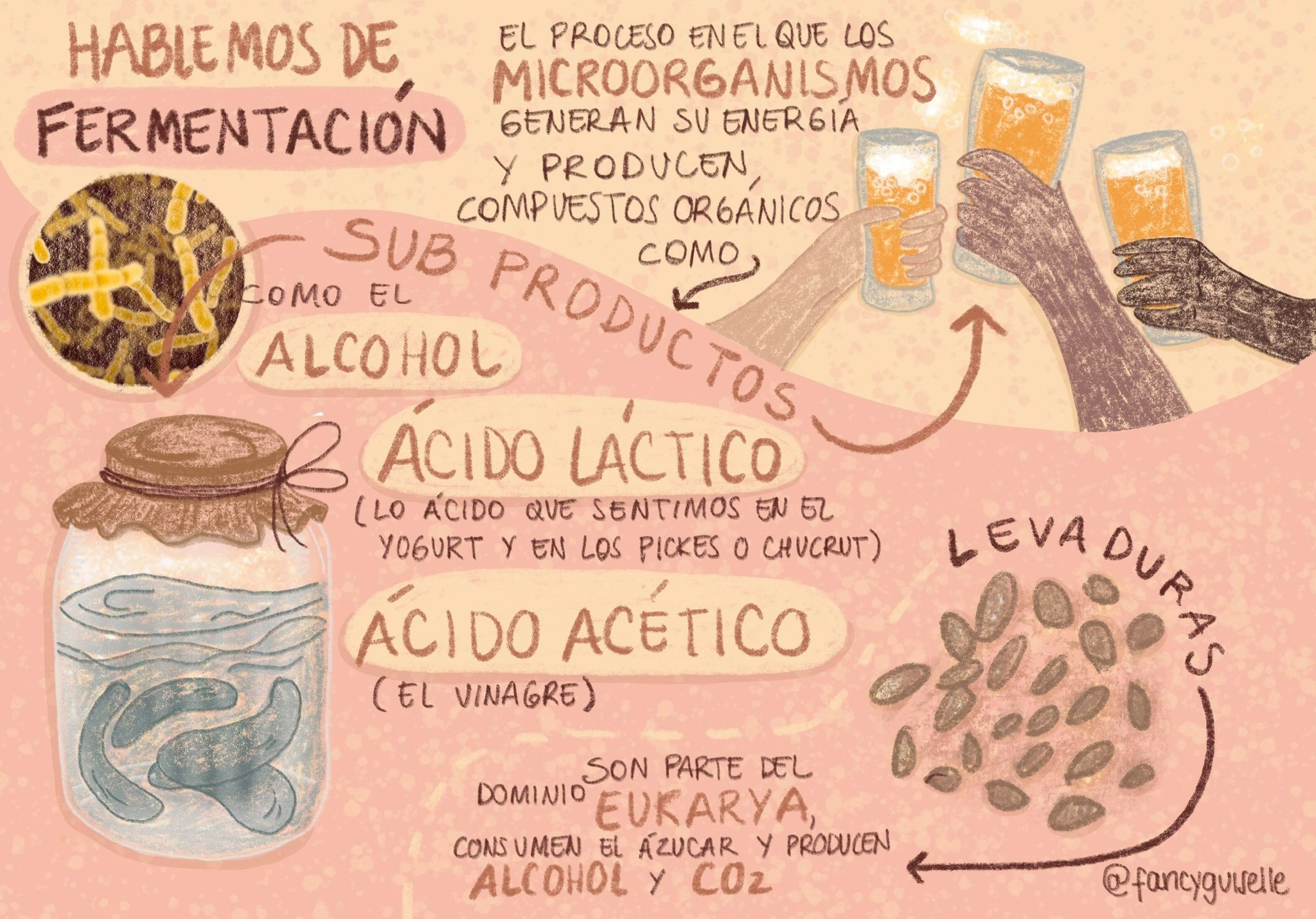
Graphic Recording – Fermentation. Illustration by Fancy Guisélle
What do you think are some important aspects of art/illustrations that help people better understand or enjoy science?
Scientific publications are mostly intended for a scientific audience and, perhaps for the same reason, they are not very friendly to the rest of us mortals. For me, as a designer, illustrations are an excellent graphic resource when it comes to telling a story and they also respond to communication problems, through a process that articulates inquiry, design and creative thinking. They help us to contextualize different situations and give that graphic support so important when it comes to understanding the scientific text. It is super difficult for someone outside of that area to attend a congress, for example, and keep what they read on a poster, but I assure you that they will be left with a well-designed graphic, a diagram or an illustration that they may have seen in the tiniest corner of the same material.
Why should more scientists work with artists?
I believe that science that is not communicated gets lost, and art has the ability to visually communicate any subject in an exceptional way. We are at a time when science and its concepts have taken over our day to day. Conversations about immunity, vaccines, viruses and bacteria. You can see children even learning and internalizing all these concepts and the projects that have had the most impact are precisely those that seek to bring science and scientific phenomena closer to all people in a visual way.
I am convinced that to be a scientist you must be creative, so I believe that both disciplines are designed to work together. When you start working with scientists at first it can be a bit quiet (literally), compared to at least my art and design workshops, but once you start chatting and ideas start to flow, you realize you were just talking different languages and art, drawing, illustration or design are disciplines specially created to function as a universal language.
From now on, those meetings are filled with color and the result is incredible projects that impact and leave a mark (and knowledge) on those who see them.
